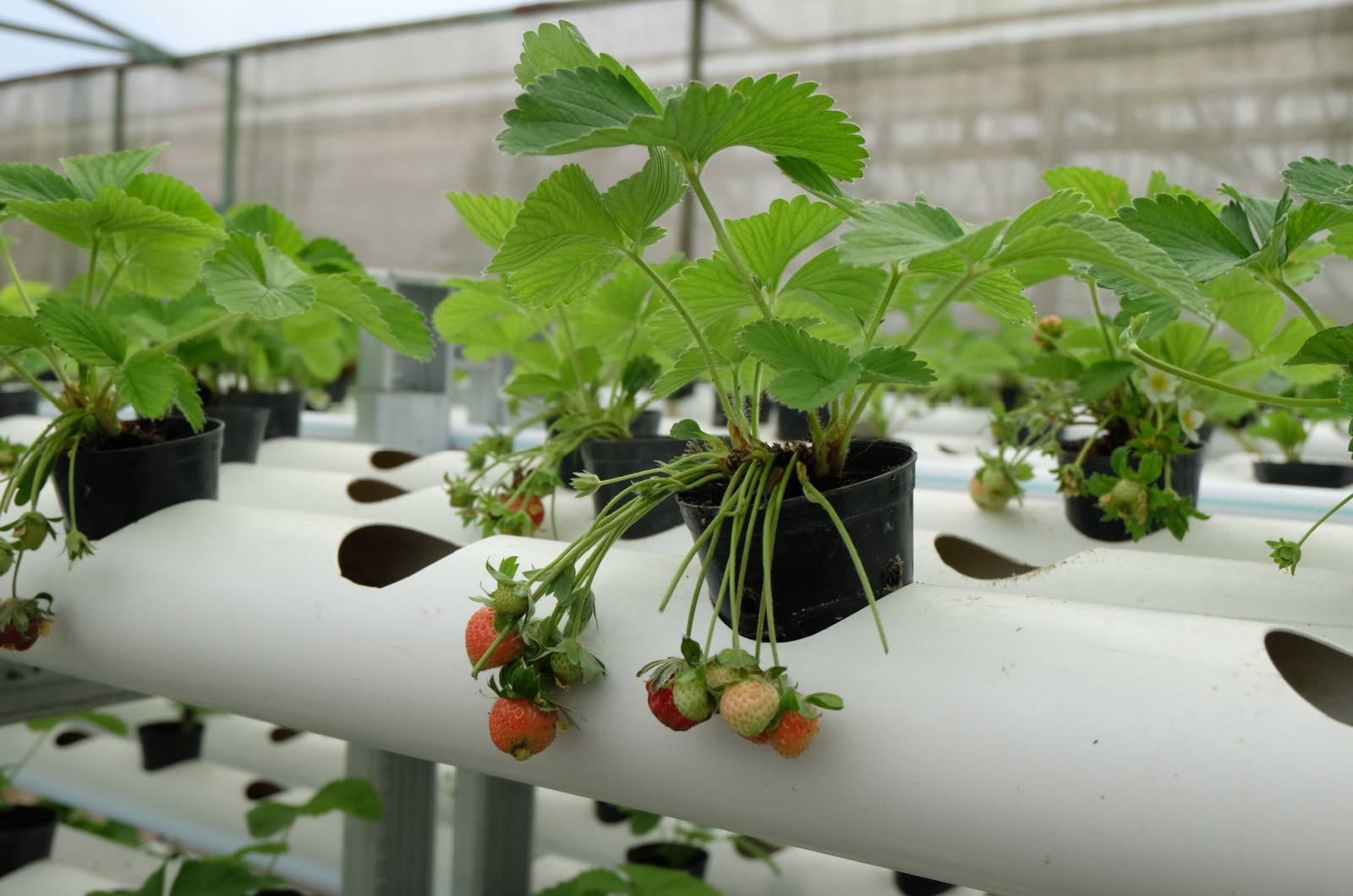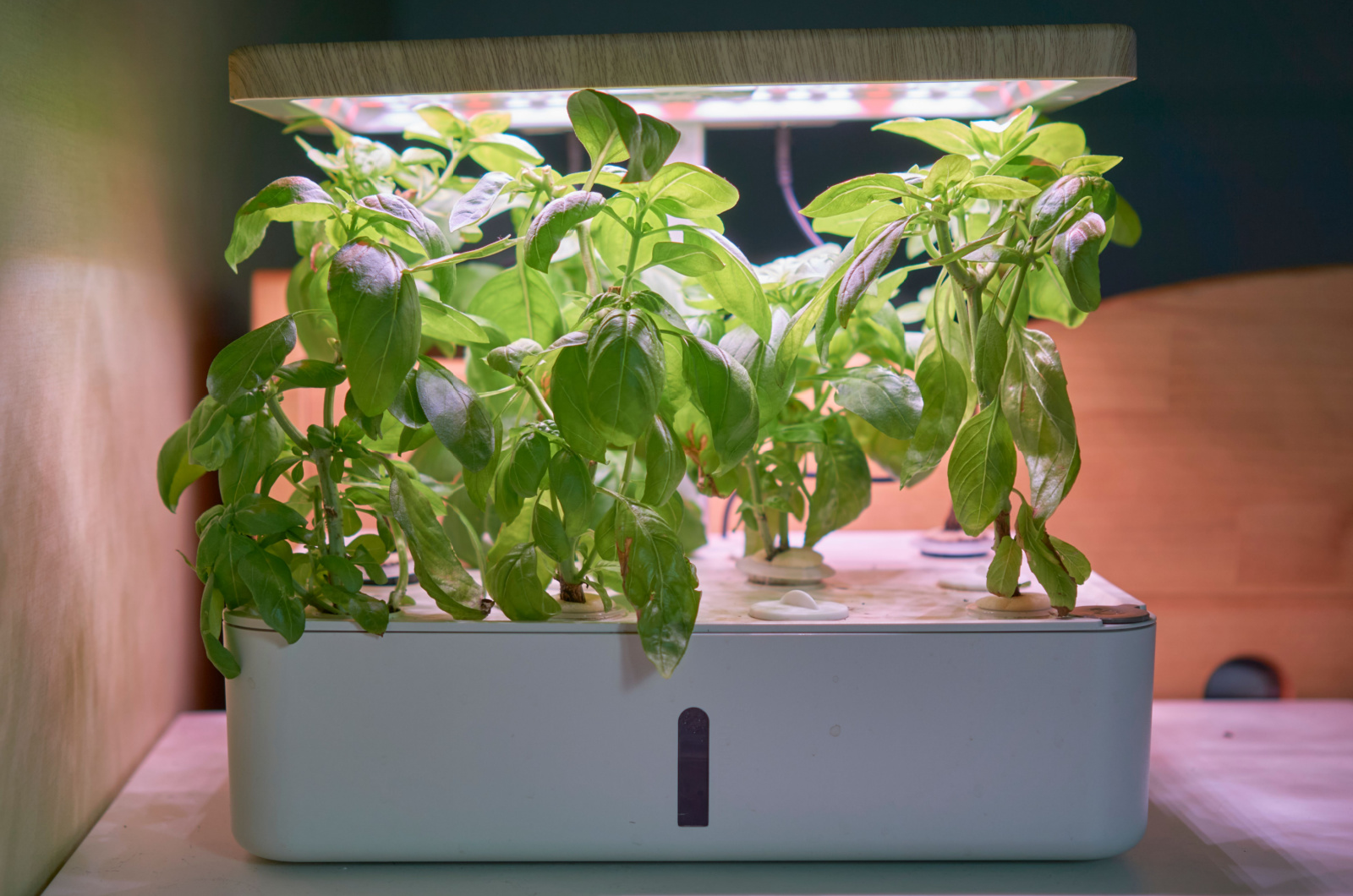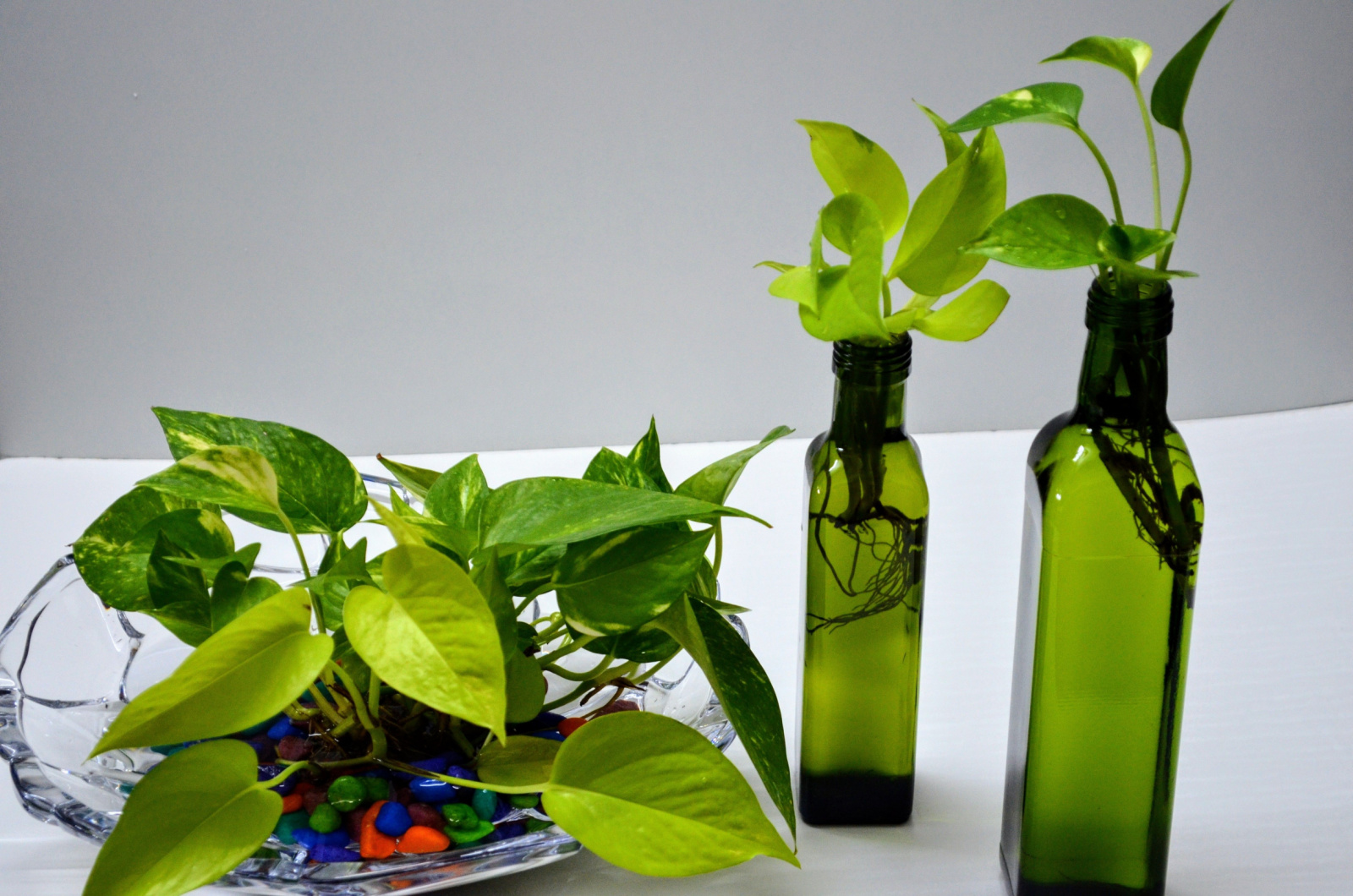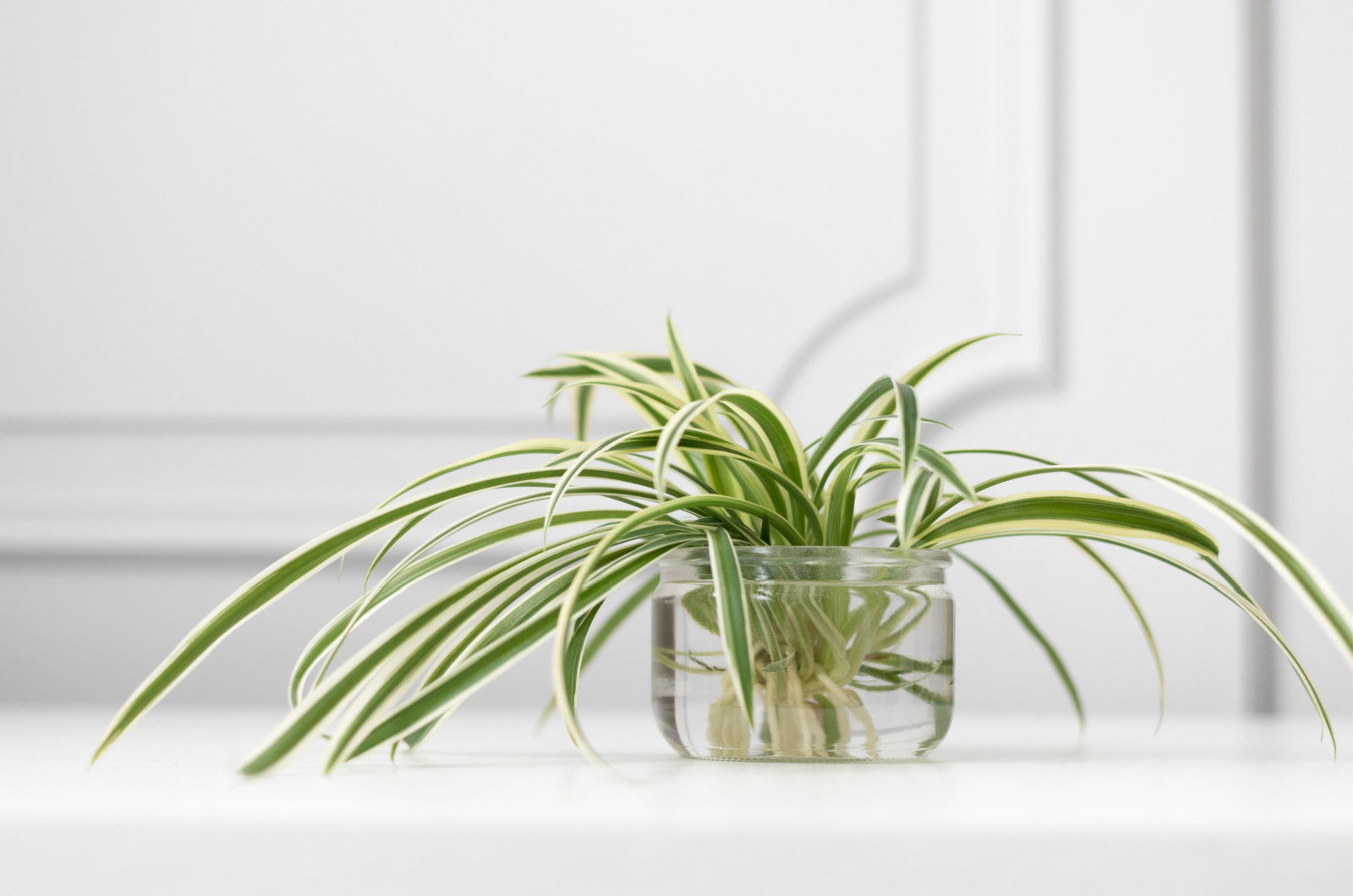Considering starting your own hydroponic garden? No worries, we’ve got you covered!
Hydroponics is a newer gardening practice that employs growing plants without messy soil. With hydroponics, fall and winter gardening come together and you can grow whatever and whenever you want!
Keep reading to discover the 8 best plants to grow in your new hydroponic garden. Let’s make your hydroponic garden green and thriving!
1. Strawberries
How awesome would it be to have fresh fruit in your garden all the time? Well, that is now possible thanks to hydroponics!
We are going to talk about strawberries, but keep in mind that you can grow most berries hydroponically, including blueberries, melons, currants, and so on.
Strawberries are one of the easiest fruits you can grow hydroponically due to their small size, easy care, and rapid growth.
Tips For Growing Hydroponic Strawberries:
• System choice: Consider using a nutrient film technique (NFT) system for strawberries.
• Growing substrate: Coco coir or peat offer plenty of air for strawberry roots.
• pH monitoring: Maintain the pH level between 5.5 and 6.5 for optimal nutrient absorption.
• Lighting: Provide at least 12 hours of sunlight or artificial light daily.
• Spacing: Ensure adequate spacing between plants to allow for proper growth and air circulation.
Related: Top 8 Secrets For Growing Your Best Strawberries Yet
2. Pepper
Now we’re onto veggies. One of the best veggies that you can grow in hydroponics are peppers because they prefer warmer conditions.
This way, you can enjoy fresh peppers during the fall and winter months!
When grown hydroponically, peppers usually take about 50 to 80 days to grow and mature. You can even plant them a few weeks apart so that you have peppers ready for harvesting all the time.
Tips For Growing Hydroponic Peppers
• Nutrient solution: Use a balanced nutrient solution rich in essential minerals.
• Temperature control: Keep the hydroponic environment between 70-80°F.
• Support structures: Install stakes or cages for pepper plants to support their growth.
• Pruning: Regularly prune to encourage better air circulation and maximize fruit production.
• Spacing: Different varieties will need different spacing. Bell peppers need 18 to 24 inches spacing, but chillies need half of that.
3. Basil
That’s right, you can even grow herbs in hydroponics!
You can start basil from seeds or cuttings when grown hydroponically. This is a fast-growing plant that will be ready for harvesting in less than a month. Opt for varieties that thrive better in water, such as Newton or Prospera.
Everleaf and Elidia are also good options for hydroponic gardens, but they are slow-growing.
Tips For Growing Hydroponic Basil
• Lighting: Provide at least 14-16 hours of light daily for optimal growth.
• Pruning: Prune regularly with clean shears.
• Nutrient balance: Maintain a nutrient solution high in nitrogen for lush, green foliage.
• Harvesting: Pinch off the tips regularly to promote bushier growth and prevent flowering.
• Air circulation: Ensure good air circulation to prevent fungal issues.
Related: Hydroponics For Beginners And The Nutrient Film Technique
4. Oregano
Similar to basil, you can start your hydroponic oregano from seeds or cuttings. However, I must mention that most gardeners prefer starting them from seeds because they germinate in a week or two, and develop further rapidly.
Both soil- and water-grown oregano should be harvested once the flower buds appear. Keep in mind that this lovely herb needs a lot of sunlight for proper growth and development!
Tips For Growing Hydroponic Oregano
• pH Levels: Keep the pH between 6.0 and 7.0 for oregano.
• Lighting: Oregano requires around 6-8 hours of sunlight or artificial light daily.
• Pruning: Regularly trim oregano to encourage compact growth and enhance flavor.
• Harvesting: Pinching helps with continuous growth, but also prevents plants getting tall and leggy.
5. Pothos
That’s right, you can even grow houseplants in hydroponics!
Since pothos are plants that can grow in water, it seems rather logical to try them in your new hydroponics setup.
Houseplants are not typically grown in hydroponics, so you’ll need to change their water more frequently so their roots can still receive the oxygen they need.
Tips For Growing Hydroponic Pothos
• Lighting: Pothos thrives in indirect light, making it suitable for hydroponic setups with moderate lighting.
• Root health: Ensure good aeration and avoid overwatering to maintain healthy root systems.
• Nutrient solution: Use a balanced nutrient solution, and monitor for signs of nutrient deficiencies.
• Container: See through so that you can notice any changes.
• Training: Pothos can be trained to trail or climb within your hydroponic system for aesthetic appeal.
Related: 19 Different Types Of Pothos That Are Simply Breathtaking
6. Lettuce
Similarly to oregano and basil, you can start growing lettuce from seeds or cuttings. Or, you can transition your soil-grown lettuce into a hydroponic setup, just make sure to rinse off all the soil from the roots.
Choose varieties that are best for growing hydroponically, such as Romaine, Little gem, and Butterhead.
You can grow lettuce alongside other leafy veggies and herbs as long as they share similar requirements – spinach, basil, mint, and arugula can all be grown together.
How To Grow Hydroponic Lettuce
• Temperature control: Lettuce prefers cooler temperatures, ideally between 60-70°F.
• Nutrient solution: Provide a nutrient solution rich in nitrogen for leafy green growth.
• Harvesting: Harvest outer leaves regularly to encourage continuous growth.
• Spacing: Proper spacing prevents overcrowding and ensures each lettuce plant gets enough light.
7. Spider Plant
The Spider plant is a hardy houseplant that can also be grown in a hydroponic setup. Spider plants thrive in water and develop marvelously into a healthy houseplant.
They are not picky about temperature, lighting, or humidity, but you should pay attention to the type of water you are using – the high levels of chlorine found in tap water can damage the plants.
How To Grow Hydroponic Spider Plants
• Lighting: Thrives in indirect, bright light, making it adaptable to various hydroponic setups.
• Temperature: Avoid freezing temperatures.
• Watering: Leave water overnight before putting the plant in.
• Propagation: Spider plants can be easily propagated in hydroponic systems through their offsets or “pups.”
This might be useful: Spider Plant Pale Leaves: Causes And Solutions
8. Rosemary
We are ending our list with the delightful rosemary!
This is a popular herb that is relatively easy to grow in soil, but if you own a hydroponic setup, why not try growing rosemary in it?
It’s better to use cuttings when growing rosemary hydroponically because they have a low germination rate. It is a slow-growing herb, so be patient!
How To Grow Hydroponic Rosemary
• Lighting: Provide at least 11 hours of bright sunlight or equivalent artificial light.
• Pruning: Regularly prune to maintain shape and encourage bushier growth.
• Nutrient solution: Use a balanced nutrient solution with a focus on phosphorus for flowering herbs.
• Watering: Allow the top layer of the growing medium to dry out before watering again.
Related: Pros And Cons Of Hydroponics: Is It Worth It?





